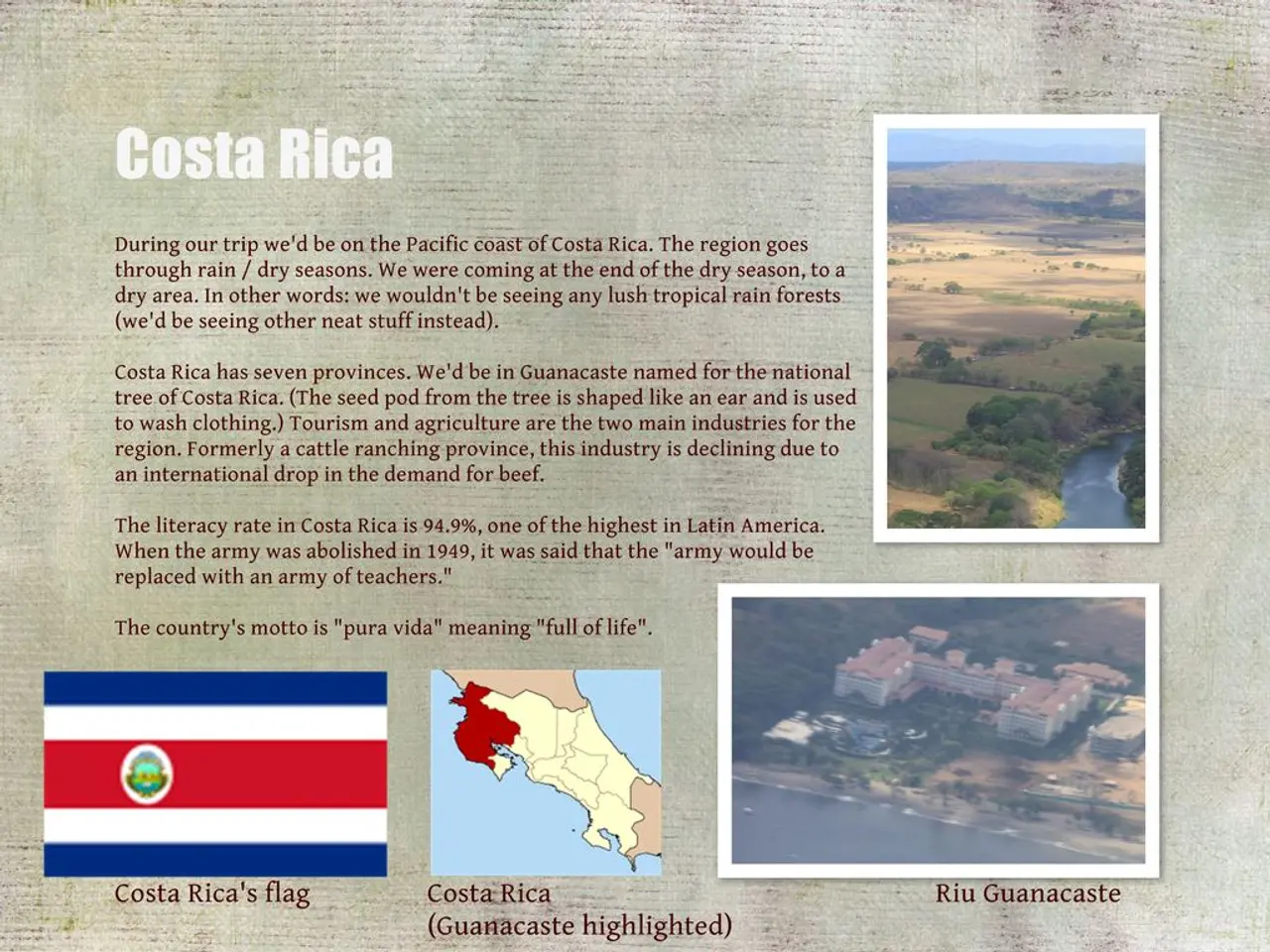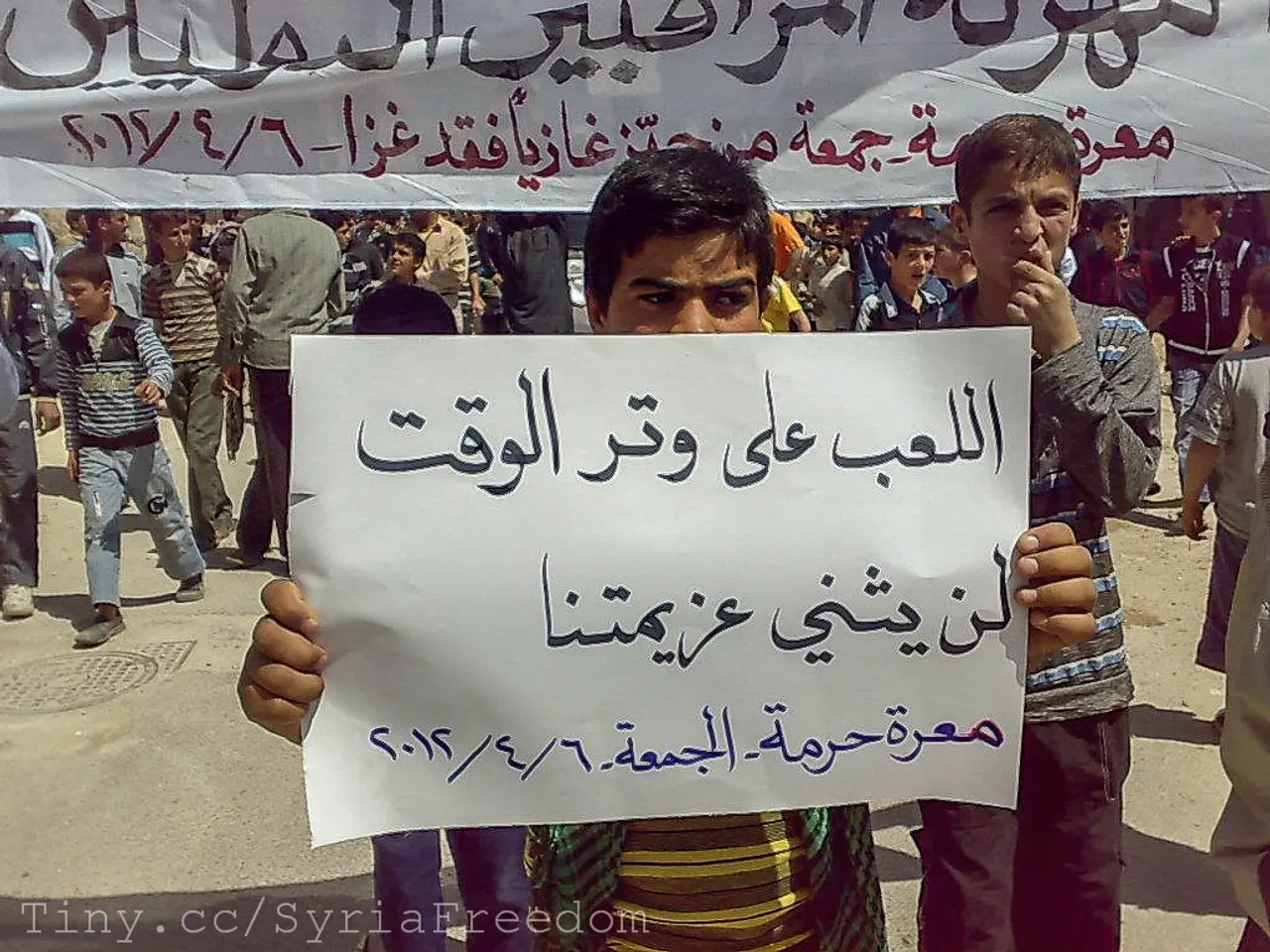Analysis of Middle East Conflict: Significant Power Shift in Gaza as Hamas Relinquishes Levels of Governance Over Major Regions
The power dynamics in the Gaza Strip are undergoing a significant transformation, with Hamas losing its grip on the region. Recent reports suggest that the group's leadership has been severely weakened by Israeli military actions, leading to a security vacuum that local armed clans and militias are filling.
Israel's strategy appears to include arming Palestinian militias to fracture Hamas's dominance, contributing to social disintegration within Gaza. This intensifies fragmentation and empowers non-Hamas armed groups, which Israel perceives as a way to weaken Hamas's grip.
One such figure is Yasser Abu Shabab, who leads an armed militia formed in response to the collapse of Hamas’s authority. His group reportedly receives large numbers of volunteers and asylum requests, indicating growing local support and a desire for alternatives to Hamas governance. Abu Shabab is reportedly working to coordinate with other armed groups in the Gaza Strip to form a joint council with the aim of overthrowing Hamas.
Hamas still maintains some influence, particularly over law enforcement and societal security in Gaza. However, the group's command and control system has collapsed due to months of Israeli attacks on the leadership of the terror organization. The security situation in the Gaza Strip remains volatile and unstable, with no clear leadership or command within Hamas.
The rise of militias like Abu Shabab’s reflects a new phase in Gaza’s power dynamics where Hamas is no longer the uncontested authority, but still retains some influence amid ongoing instability. If Abu Shabab can rally forces against Hamas, it could potentially mark a significant turning point for the Islamist organization.
Reports indicate a level of cooperation between some armed clans in the Gaza Strip and the Israeli army, although this has not been independently verified. The British broadcaster BBC reported these claims, citing unnamed sources in the Gaza Strip.
The situation in the Gaza Strip is reminiscent of Somalia, with the potential for rival warlords, gangs, and clans to emerge. As the power vacuum widens, the future of the region remains uncertain, with the possibility of further instability and violence.
- The community policy in the Gaza Strip must address the increasing influence of armed militias like those led by Yasser Abu Shabab, considering the volatile and unstable security situation, and potentially consider measures to prevent further fragmentation.
- The employment policy in the region should focus on creating sustainable job opportunities, as the instability caused by war-and-conflicts, politics, and general-news might lead to increased unemployment, which could exacerbate social disintegration and the empowerment of non-Hamas armed groups.







